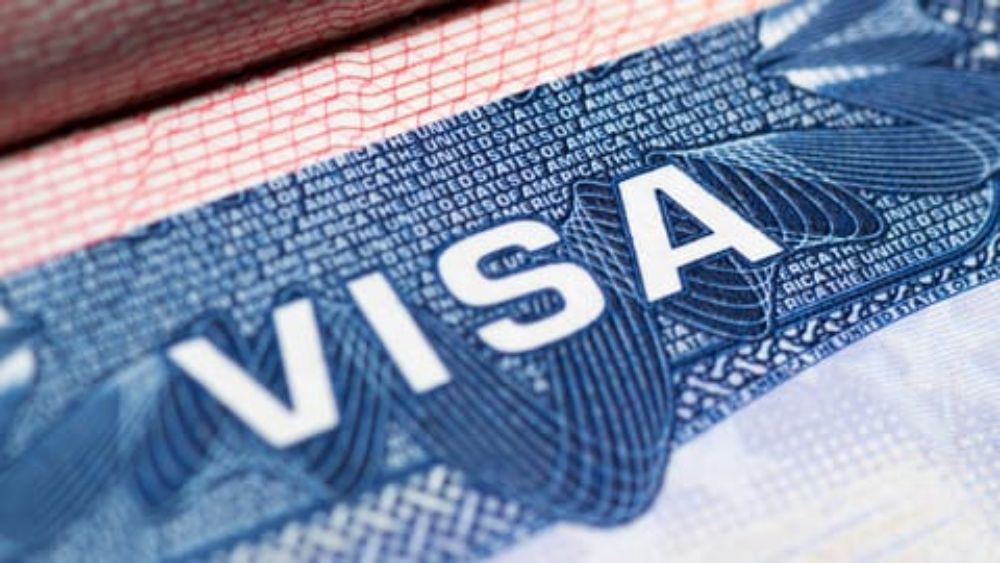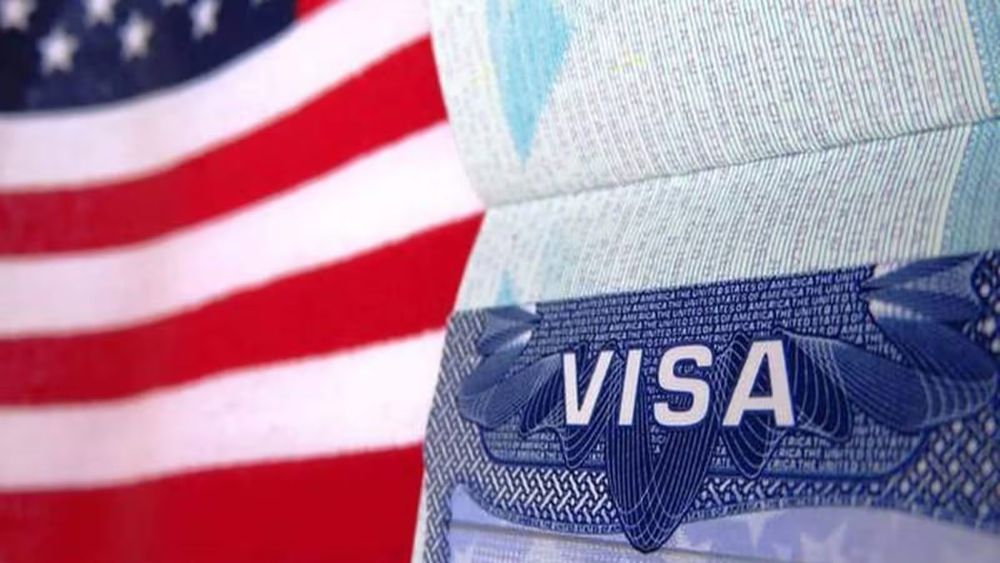In a groundbreaking move, the Biden administration has successfully concluded a pilot project that paves the way for the issuance of “paperless visas,” marking a potential transformation in the traditional method of stamping or pasting visas onto passport pages. This significant development was revealed by Julie Stufft, Deputy Assistant Secretary of State for Visa Services.
A Successful Pilot in Dublin
The United States recently completed a small-scale program at its diplomatic mission in Dublin, where the feasibility of issuing visas without physically placing them in passports was tested. According to Stufft, this pilot program signals the beginning of a shift towards a more modern and efficient visa issuance process.

The Transition to a Paperless Future
“We did our first small scope pilot of a paperless visa, which means that the visa process is the same but there’s no physical visa in someone’s passport,” explained Stufft during a media round table organised by the Foreign Press Centre. She emphasised that while the paperless visa process will remain the same, the physical stamp or document in the passport will be replaced by a digital system.
Gradual Implementation and Exciting Prospects
Although the transition to paperless visas won’t be immediate, Stufft expressed enthusiasm about the eventual widespread use of this innovative approach. “It will take us probably 18 months to have widespread use of this or longer. But it is very exciting that we have had this first step where we have actually seen visitors come through, and, in this case, they were immigrant visas without a physical paper in their passports,” she stated.

Potential Benefits for Applicants
The adoption of paperless visas is anticipated to streamline the visa renewal process and reduce complications associated with mailing physical documents. “Just the ability for people to renew their visas without a piece of paper means people can keep their passports. There will be fewer problems with sending things through the mail. It just will have tremendous benefit for both the applicant and for us,” explained Stufft.
Hope for Indian Nationals
Addressing the question of extending paperless visas to Indian nationals, Stufft expressed hope for its implementation as soon as possible. However, she clarified that this is a long-term project and emphasised that the widespread use of paperless visas may take another year or more to materialise.
Not to Be Confused with E-Visas

Stufft clarified that the U.S. paperless visa system differs from e-visas issued by other countries, such as India. The key distinction lies in the fact that the U.S. maintains the same visa application process up to the point of the physical document, including mandatory interviews for first-time applicants.
Future Expansion and Implementation
Having successfully conducted the small pilot program in Dublin, the U.S. plans to expand this initiative regionally and eventually throughout the world. However, Stufft emphasized that this expansion will occur gradually, piece by piece, ensuring a smooth and effective transition to a paperless visa system globally.
